Just because the weather cools down doesn’t mean you have to put away your gardening gloves! No matter where you live, there are veggies that can be grown all year long, even in the winter! Some vegetables thrive in the cold, whereas others will tolerate being indoors through the winter season and still produce a bountiful harvest.
List of veggies that you can have in your backyard garden or indoors year round
Broccoli
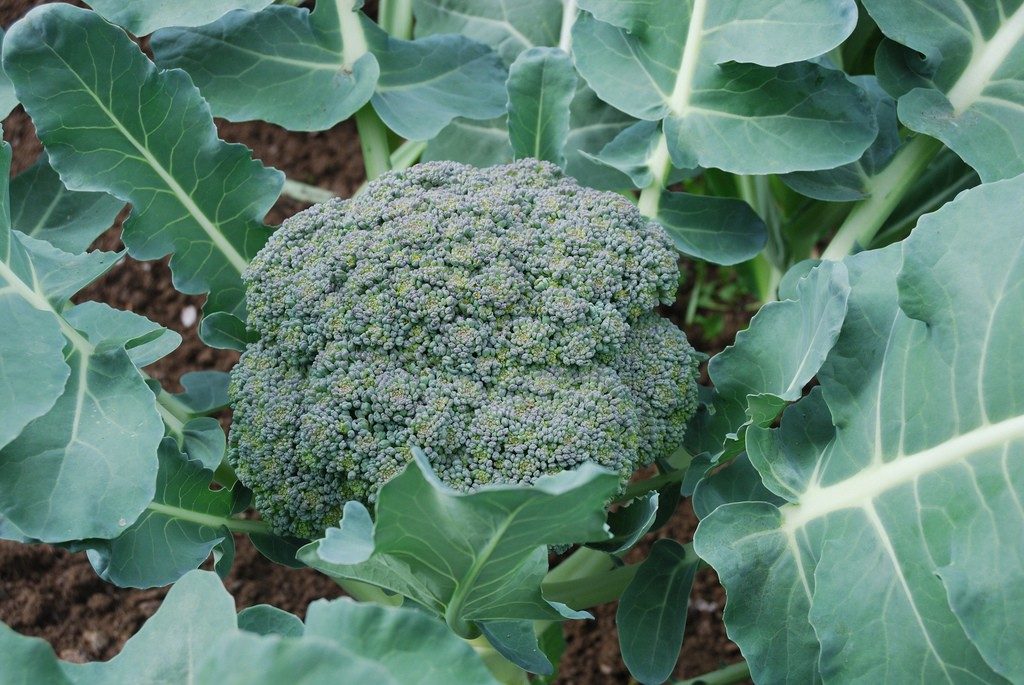
Grow your own vegetables like broccoli (Brassica oleracea) all year-round in your outdoor garden (Zones 9-11). Not only is broccoli a very healthy veggie, it also tastes great in so many dishes like salads, soups, stir-fry’s, or just eaten on its own with a little lemon, salt and pepper. Now you can enjoy broccoli throughout the year and stay healthy!
Grows well in US Zones 9 through 11.
Cabbage
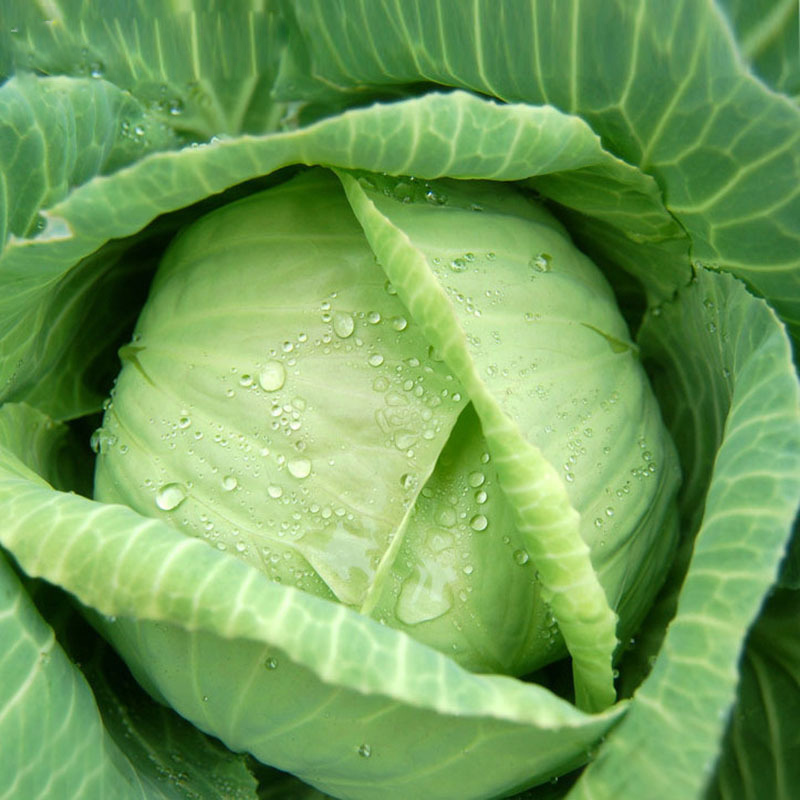
Cabbage is such a delicious and versatile crop that can be grown year-round. There are several types of cabbages which are known for growing during certain parts of the year, as follows:
- Spring Cabbage – Usually sown in July/August and then planted outside in September/October. Harvest will occur from late February all the way through June. Often referred to as Spring Greens or Collard Cabbage.
- Summer Cabbage – This variety of cabbage will have tightly compressed leaves into a ball commonly known as ball-headed or drumhead cabbage. Sow in mid-February to mid-May. Transfer to your garden during the May/June months and you’ll receive a harvest from late June through November. August and September will be the months that most cabbage is harvested. This variety is generally known as Greyhound and Hispi Cabbage.
- Winter Cabbage – Known as Tundra, this cabbage is sown in late April through May and planted outside in July as to provide a harvest from November through March. Savoy Cabbage is another excellent winter garden crop.
Leafy Greens
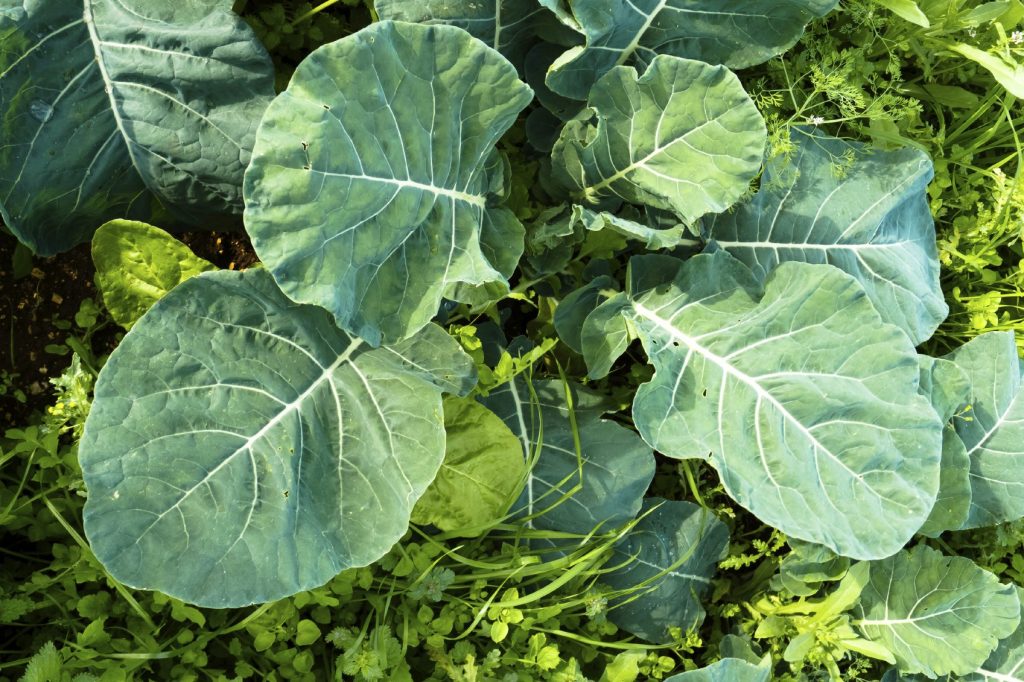
Leafy greens include spinach, mustard greens, collard greens, swiss chard, arugula, romaine, butterhead, iceberg, and so on. Start seeds indoors in September, and place seedlings in your garden in October or November. In cooler climates, start seeds indoors in July and transfer outdoors in August or September. Keep your leafy greens well watered and feed every 3 weeks or so. Fish emulsion is an excellent fertilizer.
Chickpeas
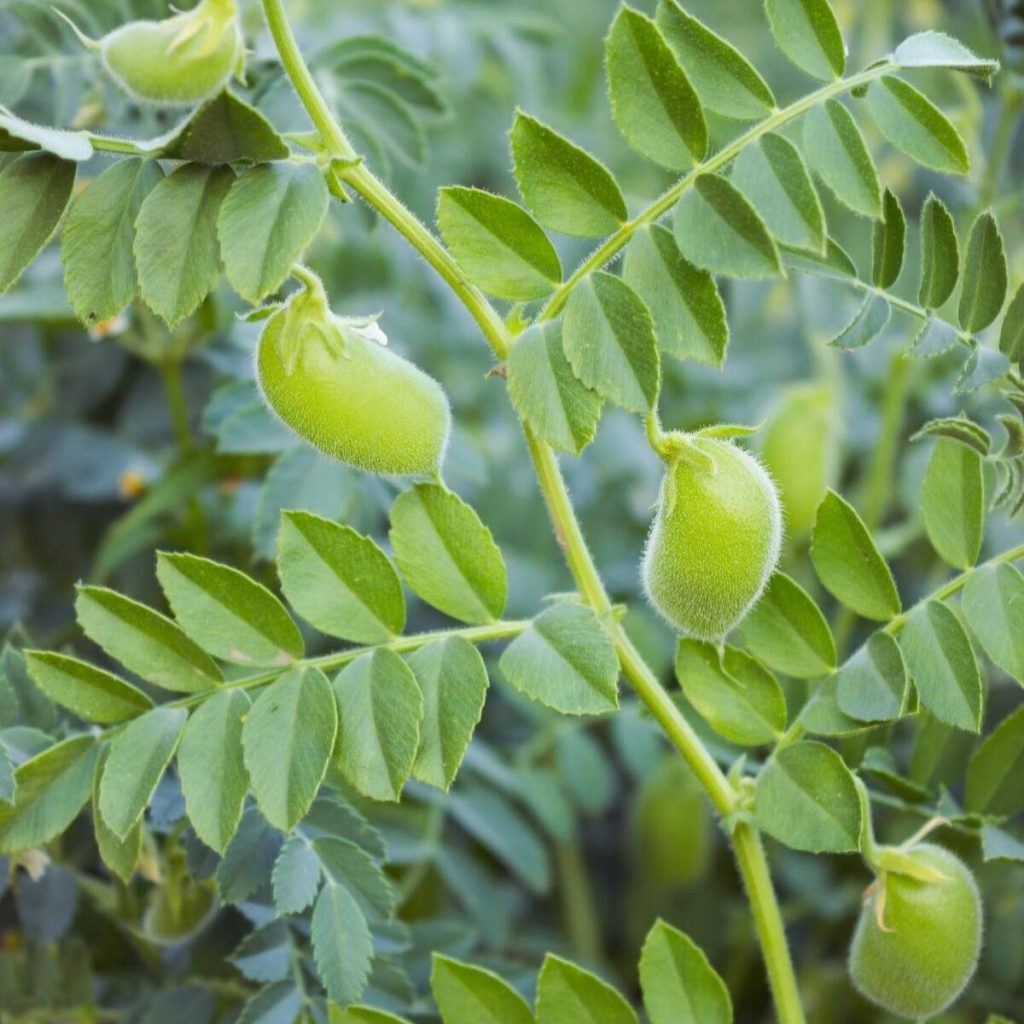
Chickpeas, also known as garbanzo beans are great in salads, stir-fry’s or just snacking on. A cool-season annual which takes about 100 days to reach harvest. Seeds are planted in March or April and harvested through August.
Eggplant
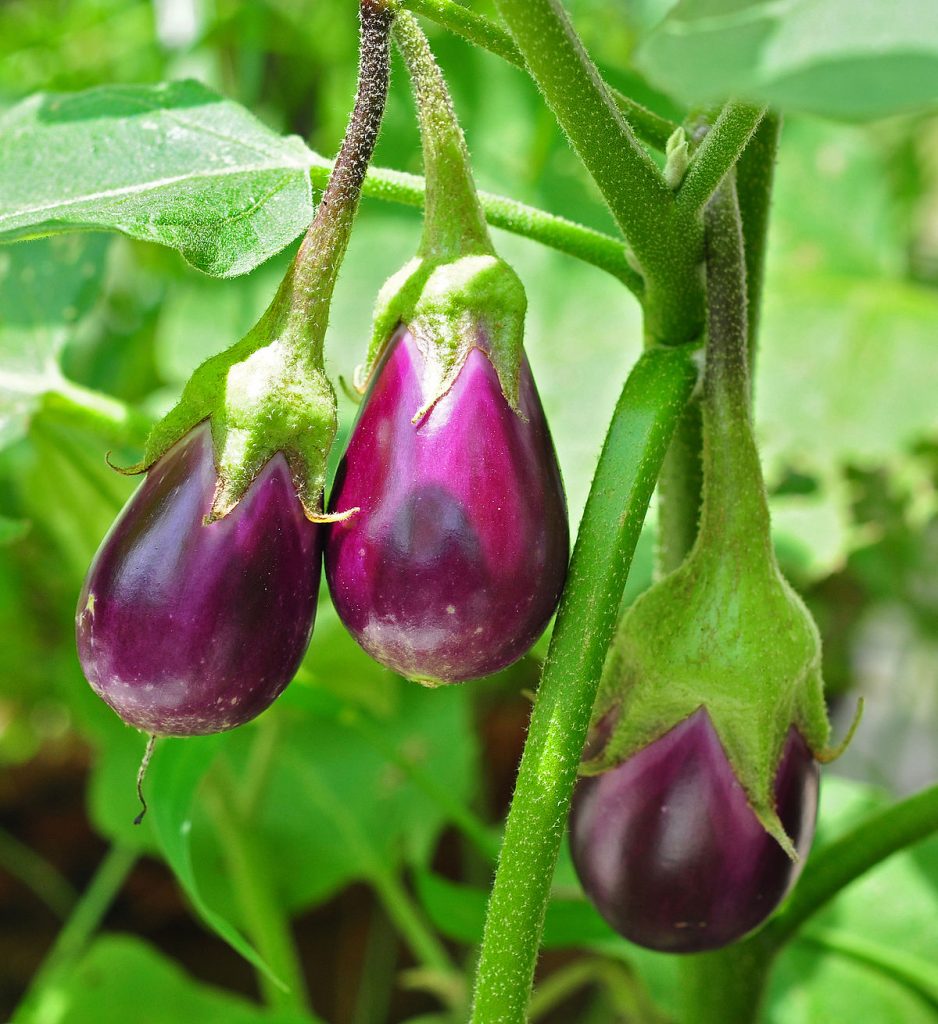
Eggplant is such a delicious vegetable and tastes great fried! Eggplant seeds are usually started indoors in flats 8-9 weeks prior to the last spring frost. Do not plant eggplant transplants into the garden until after the last threat of frost in order to avoid damaging your crop. Grows well in well-drained sandy matter. Harvest generally occurs 100-120 days from seed. When harvesting, remember to cut the vine where the fruit is hanging; never pull eggplant from the vine.
Asparagus
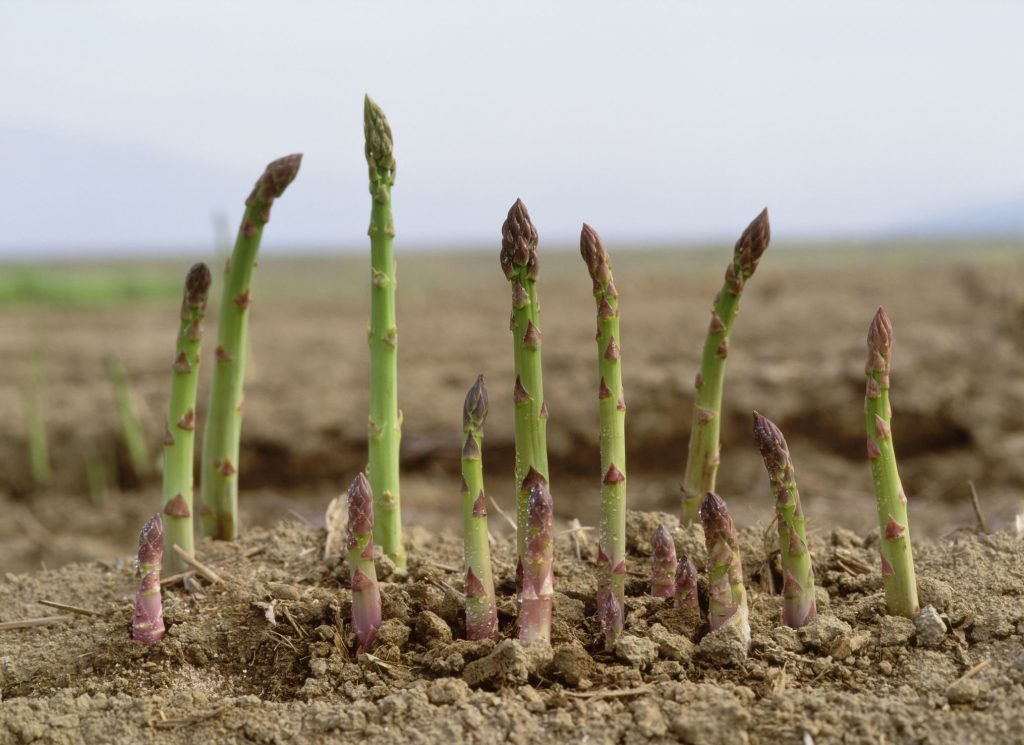
In northern climates, start seedlings indoors in late February or early March. Place near a sunny window and on top of a heat mat to increase germination. Try to stick to an all-male variety in order to increase yield. 25 plants will generally be enough for a household of four. As the weather warms, you may have to pick your asparagus twice a day to keep up with production! Simply cut asparagus at base with a sharp knife or spears, right below ground level.
Winter Lettuce
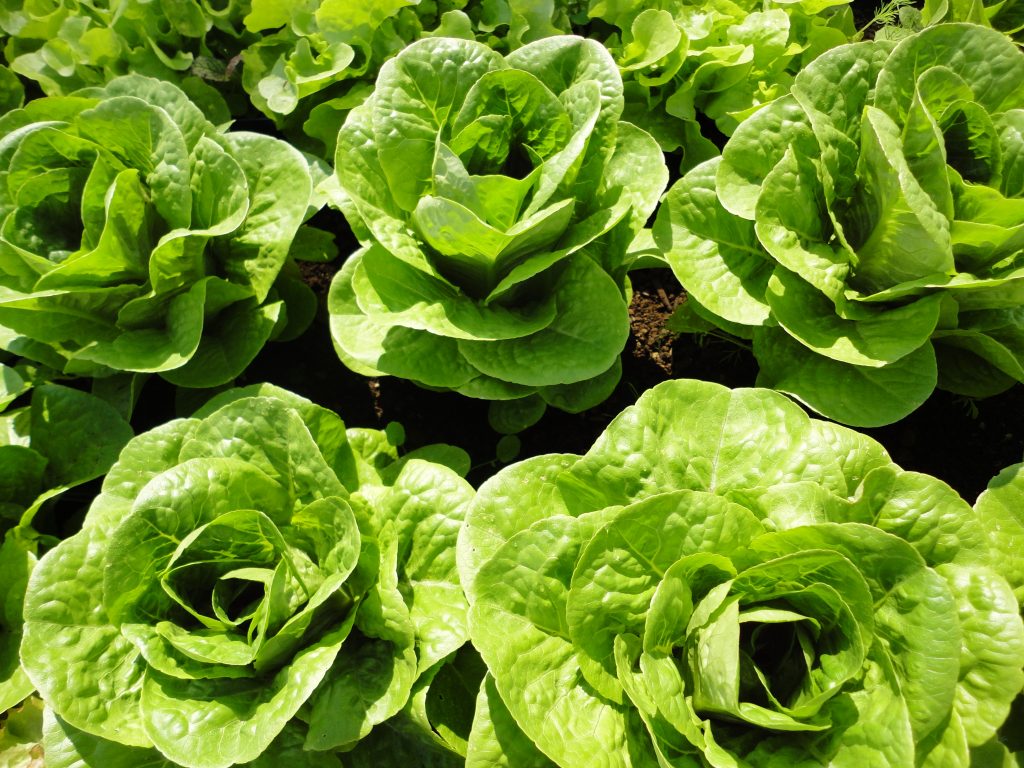
Winter Lettuce should be sown in September every few days to provide a constant harvest through winter. Lettuce will survive an occasional dip to 10°F with good row covers outdoors. If you have a greenhouse, that’s even better.
Kale
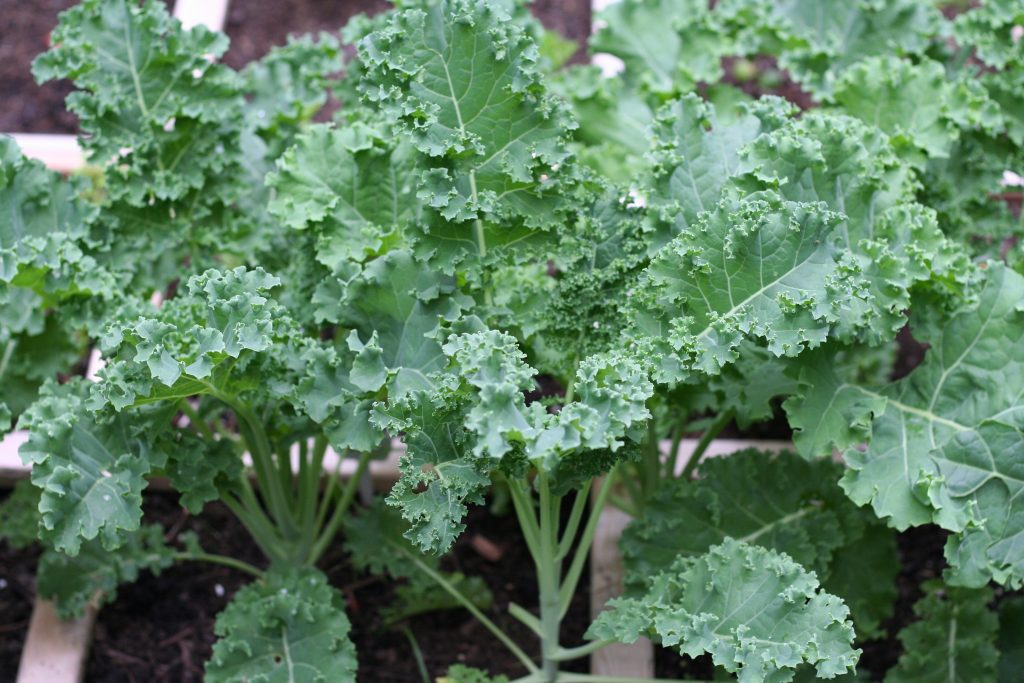
Did you know that Kale has been known to live for more than 5 years? Kale is a biennial meaning that it will flower the second year (kind of like carrots) and is generally grown as an annual. Start seeds indoors about 6 weeks before the last frost. Seeds will mature in 55 – 75 days. Plant crop again in fall, and you can keep harvesting even after snowfall. If you don’t like eating Kale raw, consider making a vegetable stir-fry!
Root Vegetables
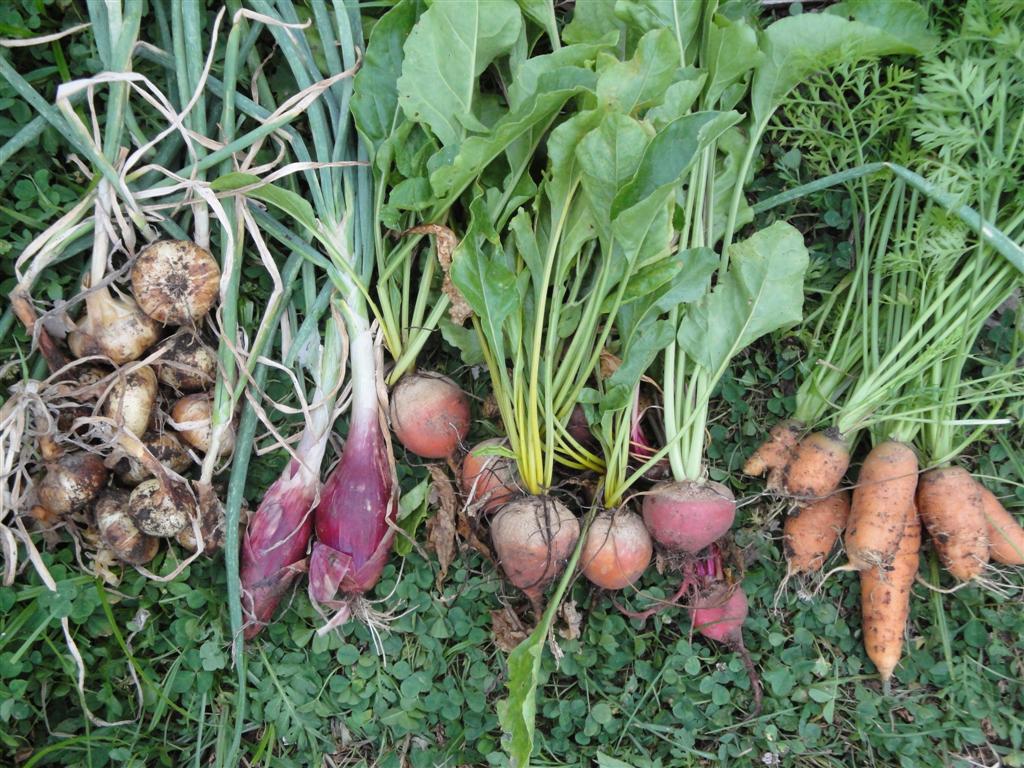
Root vegetables encompasses many different types of crops such as carrots, beets, turnips, parsnips, rutabaga and so on. Begin planting your root vegetables around early April. If you do this every 3 weeks or so, you’ll have an ongoing crop for the remainder of the grow season. Root veggies are very hearty so they can grow in the cool fall temperatures as well as in most locations.
Parsley
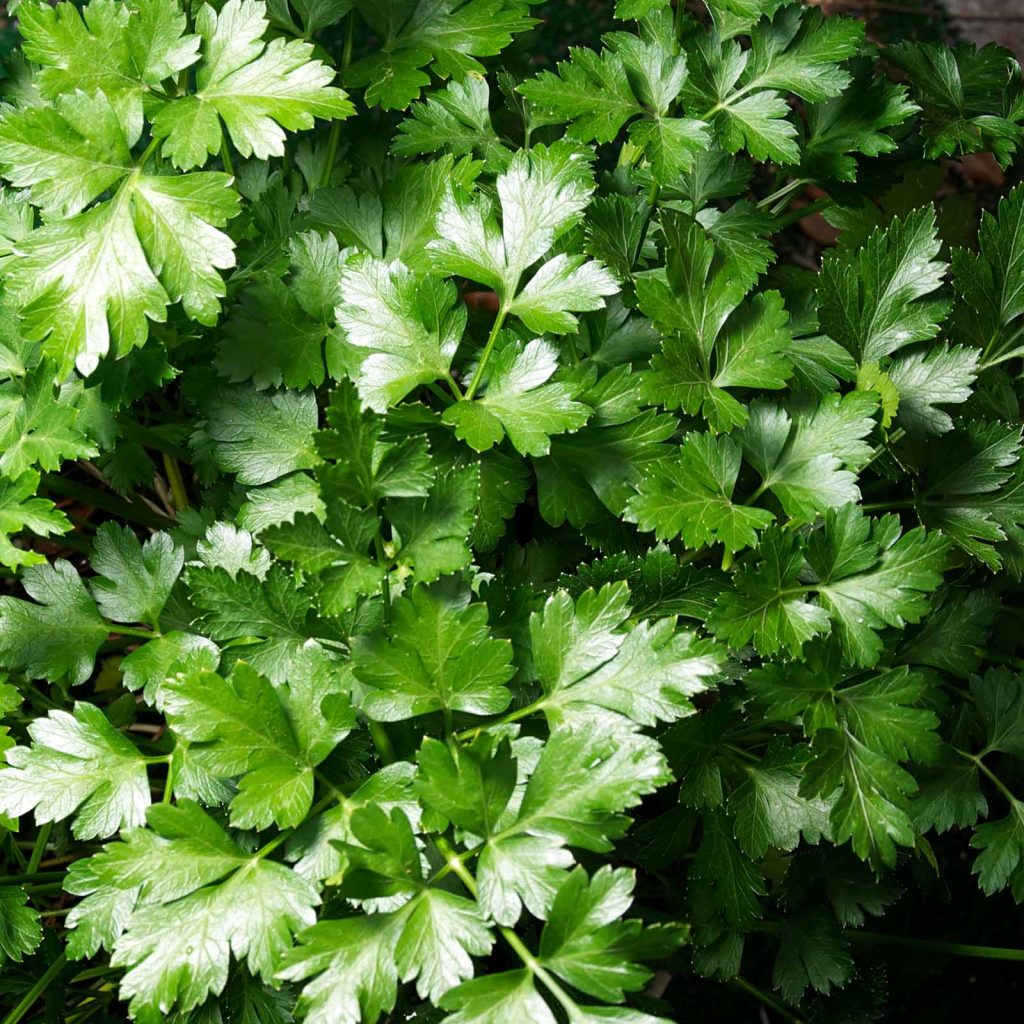
A well-known garnish and herbal seasoning, Parsley will endure colder weather. Plant indoors about 10-12 weeks before the last spring frost. For increased germination, consider soaking seeds overnight in drinking water. You can also plant the seeds 3-4 weeks before the last spring frost and it will do fine as the cold season comes to an end. Parsley is known as a biennial plant and will only live for about 2 years, at which time they will flower and make seeds. Save the seeds for another planting season.
Garlic
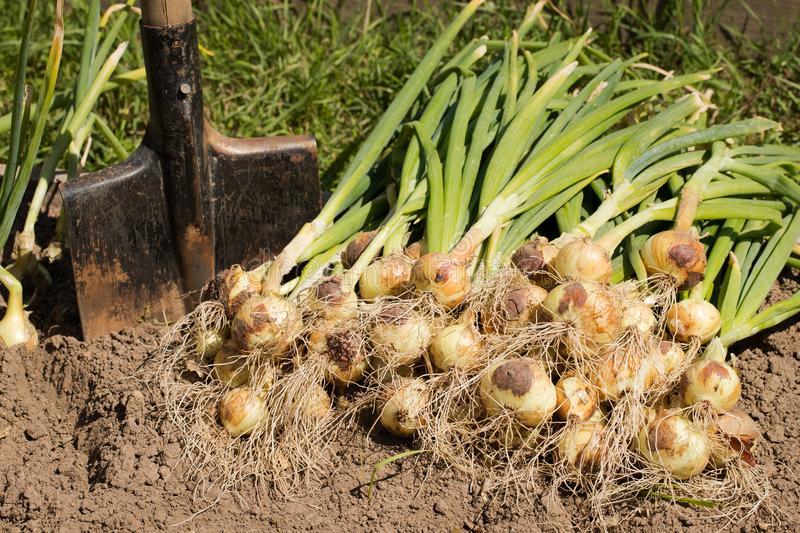
Typically planted in the fall or early winter, however Garlic can be planted even during the warmer season. Fall planting is best as it gives roots time to develop. In cooler climates, plant between September and November. In warmer climates it’s best to plant in late winter or early spring, usually February or March. Garlic will require a lot of feeding and high levels of nitrogen. Harvest between June and August.
Basil
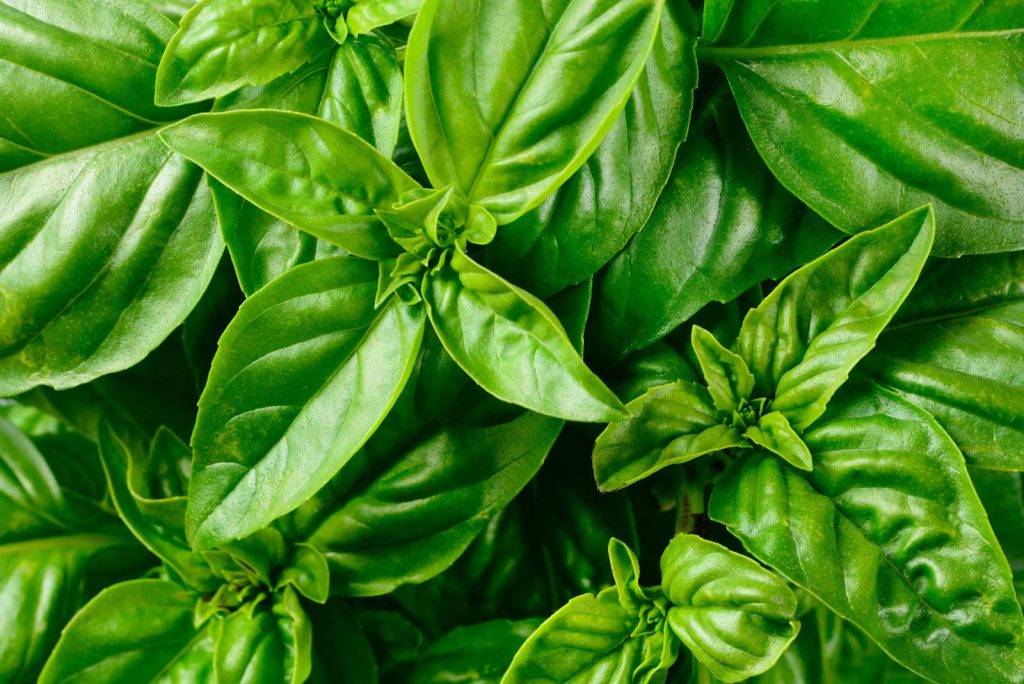
Basil, another delicious plant that will add flavor to so many dishes and soups! Start seeds indoors 6 weeks before the last spring frost. When planting outside, wait until the soil has warmed to at least 50°F. Nighttime temperatures shouldn’t drop below 50°F. Once the weather warms, your Basil plant will begin to really take off. Grows best with 6-8 hours of full sun, however performs well in partial sun as well. Harvest in early morning as leaves will be their juiciest.
Microgreens
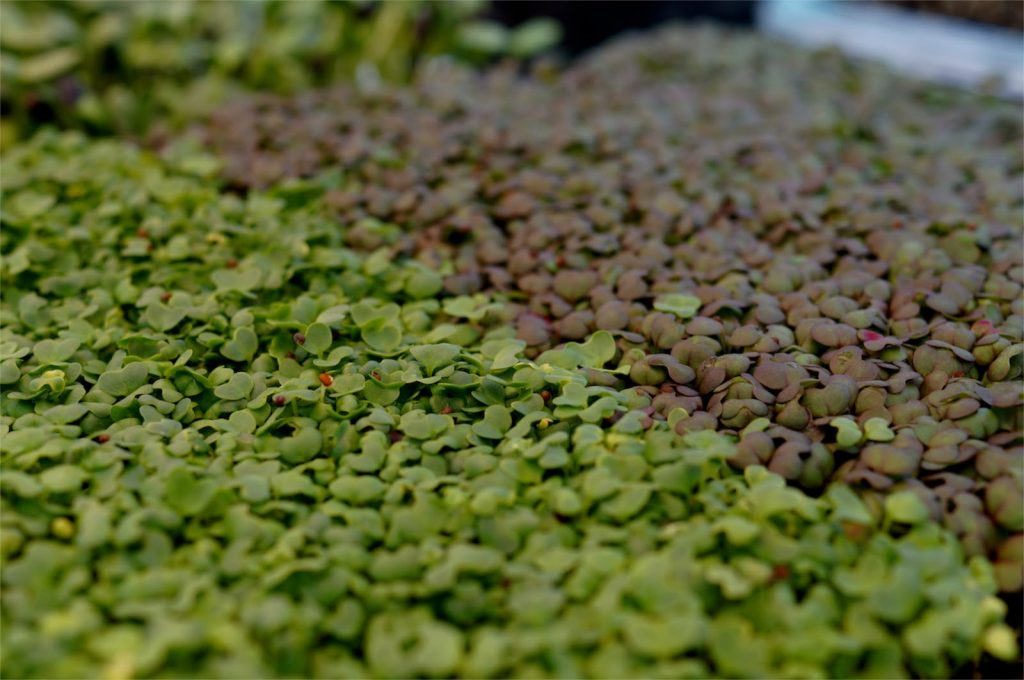
Microgreens are known for providing 40 times or more nutrition than any other vegetable! Virtually any vegetable or herb can be grown as a microgreen, and are ready to eat as soon as 5 days after sowing the seeds! Microgreens are so cheap to grow, yet very expensive to buy. Best grown indoors all year long under a 25W grow light. Best to use coco-coir in 10×20 flats. You can grow several different varieties in one flat. Simply use scissors to cut off the sprouts and toss in a salad, garnish dishes, or put a bunch together and make a microgreen salad. These little sprouts are not only full of nutrition, but also bursting with tons of flavor! Amazing how fast you can grow these guys.
Wheatgrass
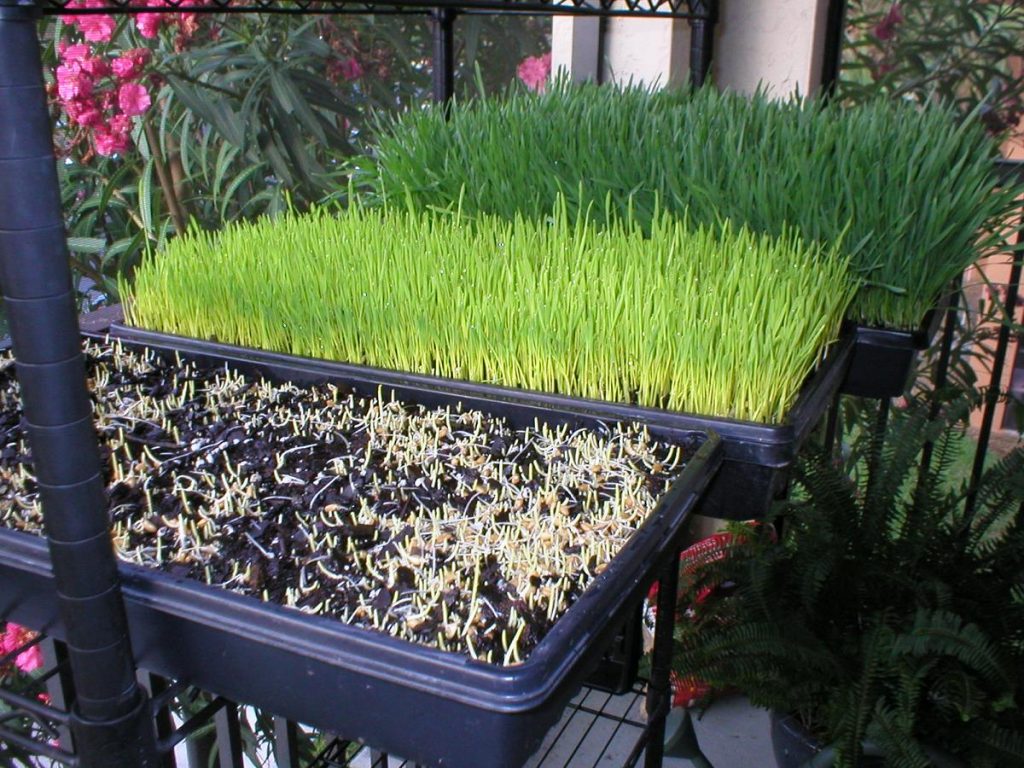
Wheatgrass is best known for being blended in smoothies, and will provide great flavor and lots of vitamins and nutrition. Much like microgreens, Wheatgrass can be grown indoors all year long. It will thrive under a 25W grow light, or just place in a brightly lit area or sunny window. Use scissors to cut the grass and toss in your next smoothie.
Tips and Things to Consider While Growing Year-Round
As you can see, there’s no reason to stop gardening just because the weather cools down. Some vegetables grow best during the cooler months making them a great way to continue producing your own vegetables all year long. Some states like California allow for growing even more outdoors whereas colder Eastern states may receive snow, making an outdoor garden unlikely without a greenhouse.
Keep in mind to plant your garden where it won’t flood. Even though you may not get snow, you don’t want your garden flooding during a rainstorm, as this can easily take out your entire crop.
Aside from weather causing some challenges, beware of wild animals such as bunnies, deer, etc. These guys have been known to consume entire vegetable gardens in a matter of hours! Consider using raised vegetable beds as a means to keep some of the animals at bay. You can also grow various herbs and plants around your garden that will keep animals away, such as Rosemary, Fountain Grass, Carolina Jessamine, Zinnias, Verbena, Bee Balm, Lavender, etc.
If you live in an area that snows, consider growing in a greenhouse or even indoors. Growing indoors is actually quite simple, all you need is a small area and a really sunny window or even a grow light.
Always try to maintain an Organic, chemical and pesticide free garden. The best thing about growing vegetables year round at home is that you can rest assured what you’re eating is pure and safe. Always consider using other plants or herbs to help deter pests the natural way. You can also consider spraying essential oils throughout your garden to keep predators away too! Rosemary, Peppermint and Thyme to mention a few.
Growing indoors is an excellent method for Microgreens, Herbs, Peppers, etc. Especially if placed under a 100W grow light. Microgreens and herbs are probably the two best things you can grow indoors all year long, as they are easy to grow and don’t require a lot of light.
